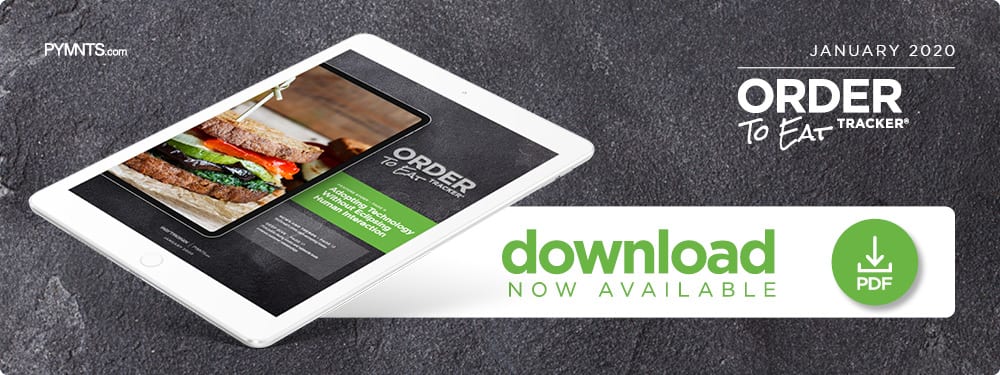Clover Food Lab’s Secret Sauce To Boosting Mobile Ordering
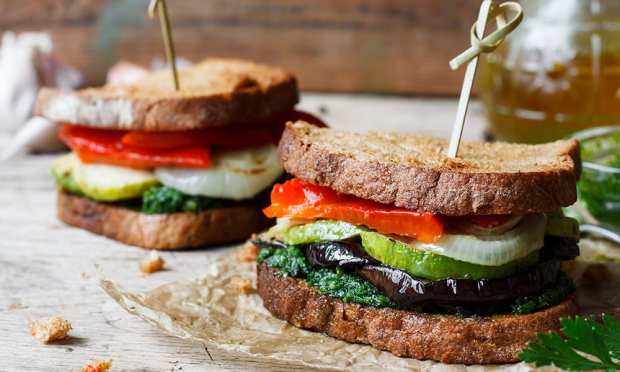
Living up to their names, fast-casual and quick-service restaurants (QSRs) are embracing innovative technologies to help drive sales in the increasingly competitive restaurant industry. More restaurant owners are finding the ingredients to success in consumer-friendly technologies, such as mobile-ordering apps and self-service kiosks. Rising demand is fueling growth in the global kiosk market, for example, and could reach $30.8 billion by 2024.
The January Order To Eat Tracker highlights the main factors driving this push in the QSR space — most notably the demand for speed, convenience and affordability, blended with human interaction to cook up the most satisfying, seamless dining or ordering experiences for customers.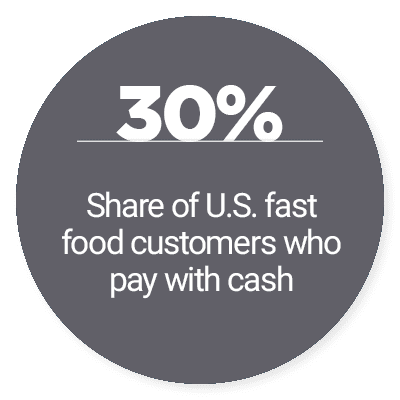
Across The Order To Eat Sector
QSRs like Jimmy John’s are focusing on boosting customer engagement with their technologies. The company recently rolled out a nationwide loyalty program — powered by customer engagement solutions provider Paytronix — after a promising pilot. The sandwich chain debuted Freaky Fast Rewards last month, allowing members to earn various rewards, including sandwiches, sides, drinks and exclusive access to new products. Jimmy John’s is offering a free 8-inch sandwich to anyone who joins the program and completes an order.
Some QSRs are targeting younger customers, such as millennials, by making it as easy as possible for them to order food. Dallas-based chicken chain Wingstop recently launched a service that allows gaming fans to place food orders directly from Amazon’s live-streaming platform Twitch. The platform integrated Wingstop’s Wing Calculator software to survey viewers and determine appropriate orders, making suggestions based partly on the size of a group. Consumers then use Wingstop’s website to place their orders and make payments. Other 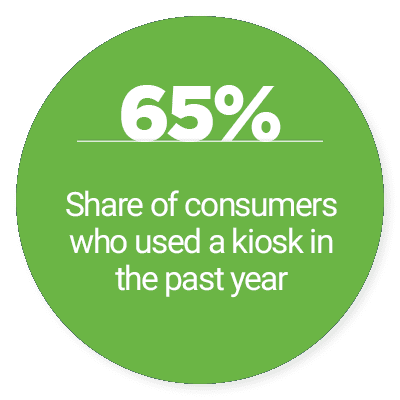 food delivery services, including Grubhub, are testing ways to use Twitch to gain customers.
food delivery services, including Grubhub, are testing ways to use Twitch to gain customers.
So-called “ghost kitchens” are beginning to pop up with increasing frequency across the QSR space. Chopt Creative Salad Company recently opened its first such location in Manhattan’s SoHo neighborhood. The chain also features kiosks that accommodate walk-in guests and third-party services, such as Grubhub handle delivery orders. Chopt is sanguine about its prospects, despite the recent failure of some delivery-only restaurants, saying that pickup-only stores should remain a significant growth engine for the company.
Clover’s Secret Sauce: Drawing Diners With Customer-Centric High-Tech
Smart restaurant owners — turning to high-tech to spur sales and stay ahead of rivals — know that it’s critical to combine technology with a strong focus on human interaction to create a seamless customer experience that benefits both restaurants and diners. In this month’s feature story, Ayr Muir, founder and CEO of vegetarian fast-food chain Clover Food Lab, discusses the importance of selecting the right third-party delivery service, and how in-store digital signage gives a boost over the competition.
Growth And Competition Spice Up The QSR Space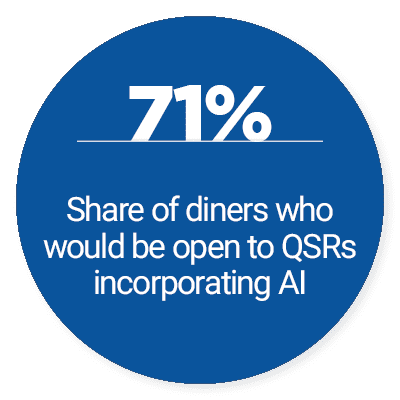
Competition continues to roil the food delivery market, which has been driven by consumers’ growing predilection toward ordering food via mobile apps. Recently published data has DoorDash leading the market with a 35 percent share. However, the low-margin business is facing intense competition, leading to consolidation. In fact, last summer, DoorDash paid $410 million for premium delivery app Caviar.
The restaurant industry has seen slow and steady adoption of self-service kiosks, but QSRs are making up for lost time, thanks to aggressive efforts by companies like McDonald’s and KFC.
The Deep Dive looks at how restaurant owners are turning to customer-facing digital solutions — such as mobile-ordering apps, self-service kiosks and tableside order tablets — to survive and thrive in the fast-growing, yet highly competitive, QSR space.
About The Tracker
The Order To Eat Tracker, a PYMNTS and Paytronix collaboration, is a monthly report that examines the evolving restaurant space. The report highlights how fast food, fast-casual and QSR establishments are embracing technology, enhancing loyalty offerings and working with aggregated service providers to offer more seamless in-house and delivery ordering experiences, and improve customer engagement.
